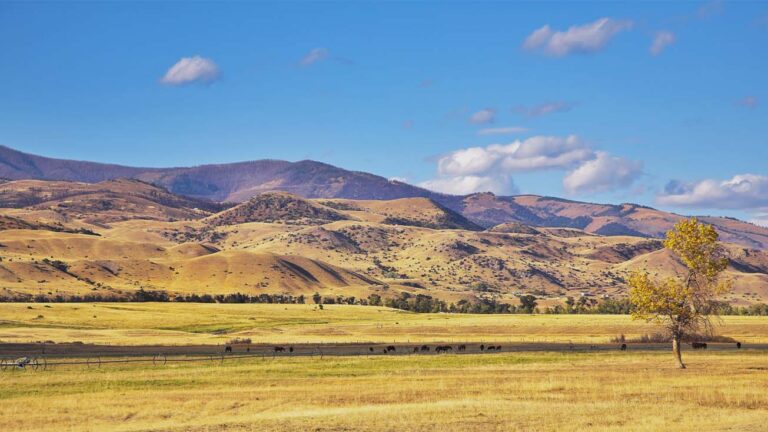Young Farmer Builds Processing Facility with Custom Loan
More farms are using vertical integration to build resilience—and AgAmerica is helping them do it.
Vertical integration in agriculture is the tying together of two or more stages in food production and is becoming an increasingly popular way for farmers to build resilience as our global food systems evolve. By 2023, vertically integrated farming is predicted to grow 27 percent, to a total value of $27 billion. As more operations go vertical, farmers will need capital to invest in new facilities, technology, and labor.
The Challenge
Only in his early twenties, a multi-generation tree nut farmer was ready to take on the challenge of vertical integration and build on his family’s legacy. His goal was to add infrastructure on his property that would allow him to process the tree nuts they grew and to maximize profitability and operational resilience. Unfortunately, he faced a problem. The facility needed a considerable upfront investment, and to make matters worse, the farmer needed financing fast. Material costs were rising at the end of the month.
The Solution
This multigenerational operation had been part of the AgAmerica family for many years. Seeing the dedication and support AgAmerica had provided his family over the years, he reached out to us to see if we could help. We were able to create a three-year ARM with a 30-year amortization. The 30-year term gave the farmer a low monthly payment, with the ARM offering the lowest competitive rate in a high interest rate environment. With the funding secured in less than 30 days, the farmer was able to purchase the processing facility before material prices increased.






